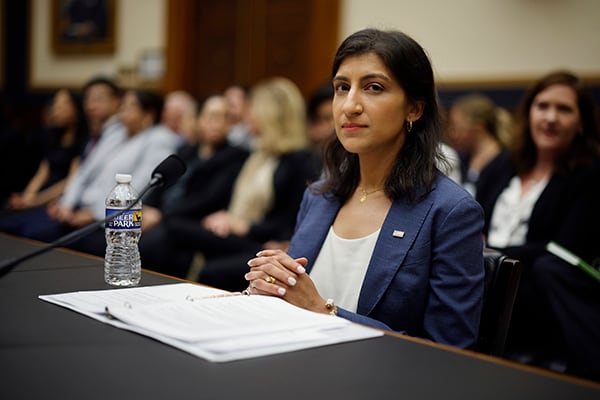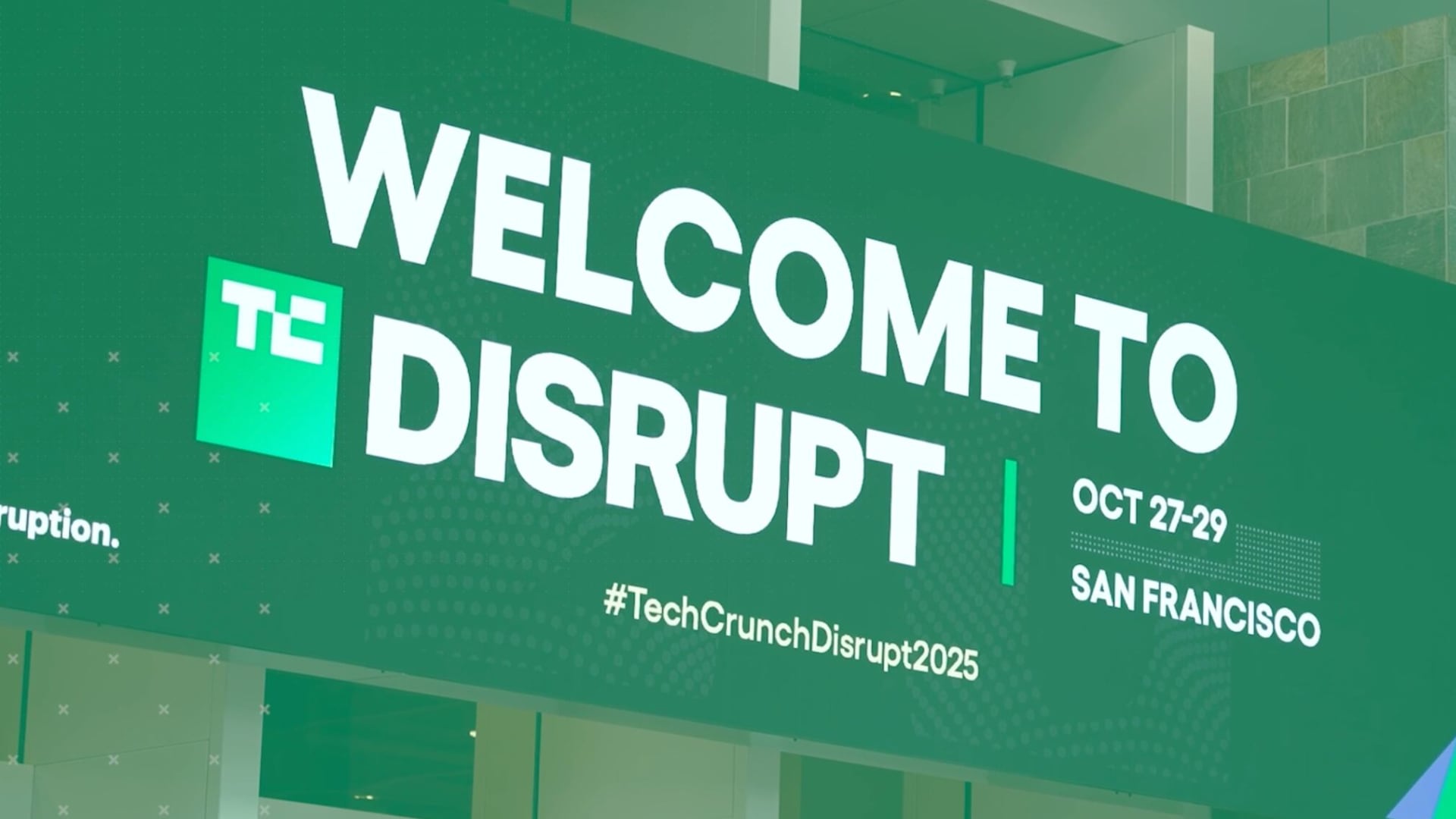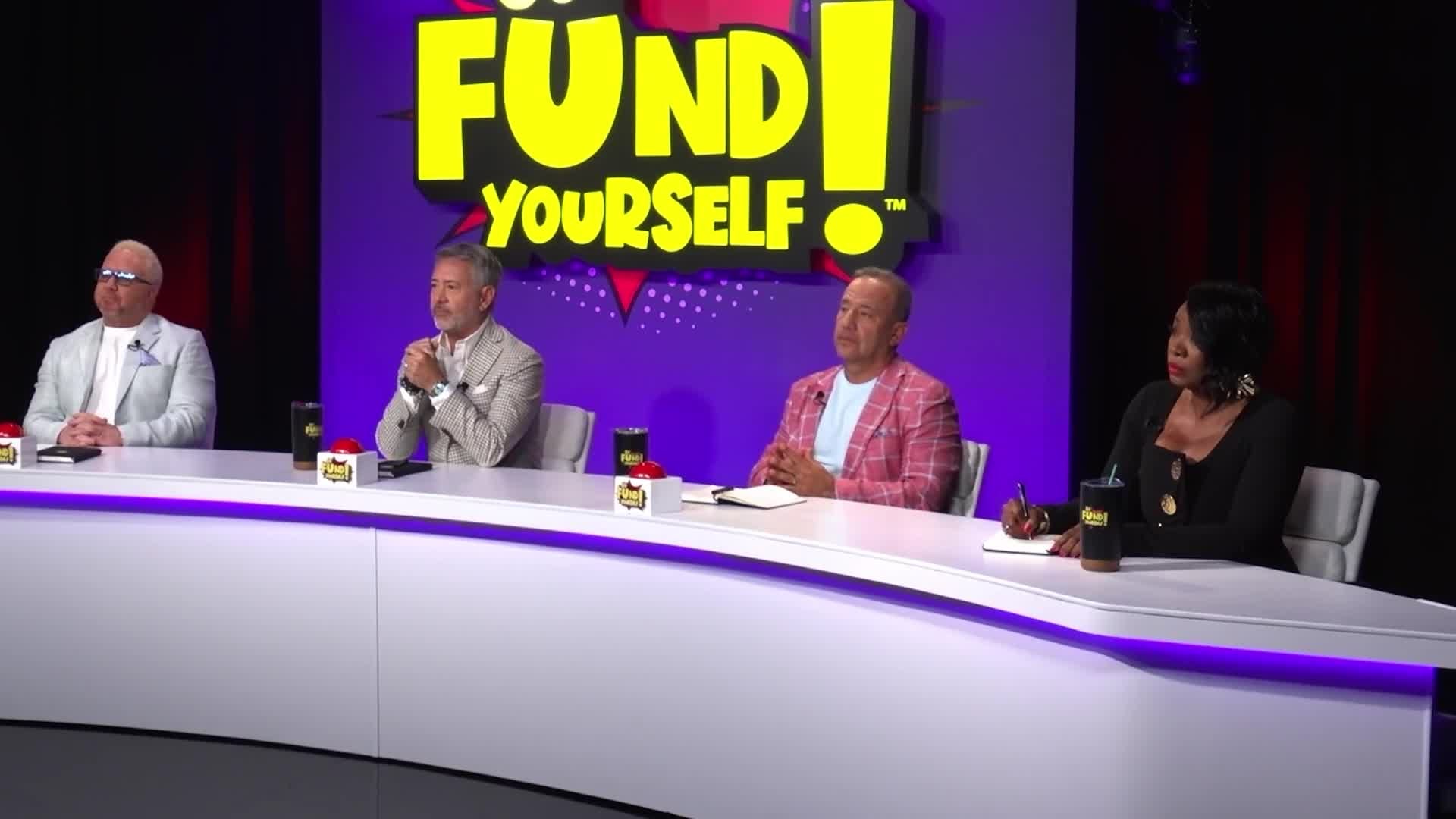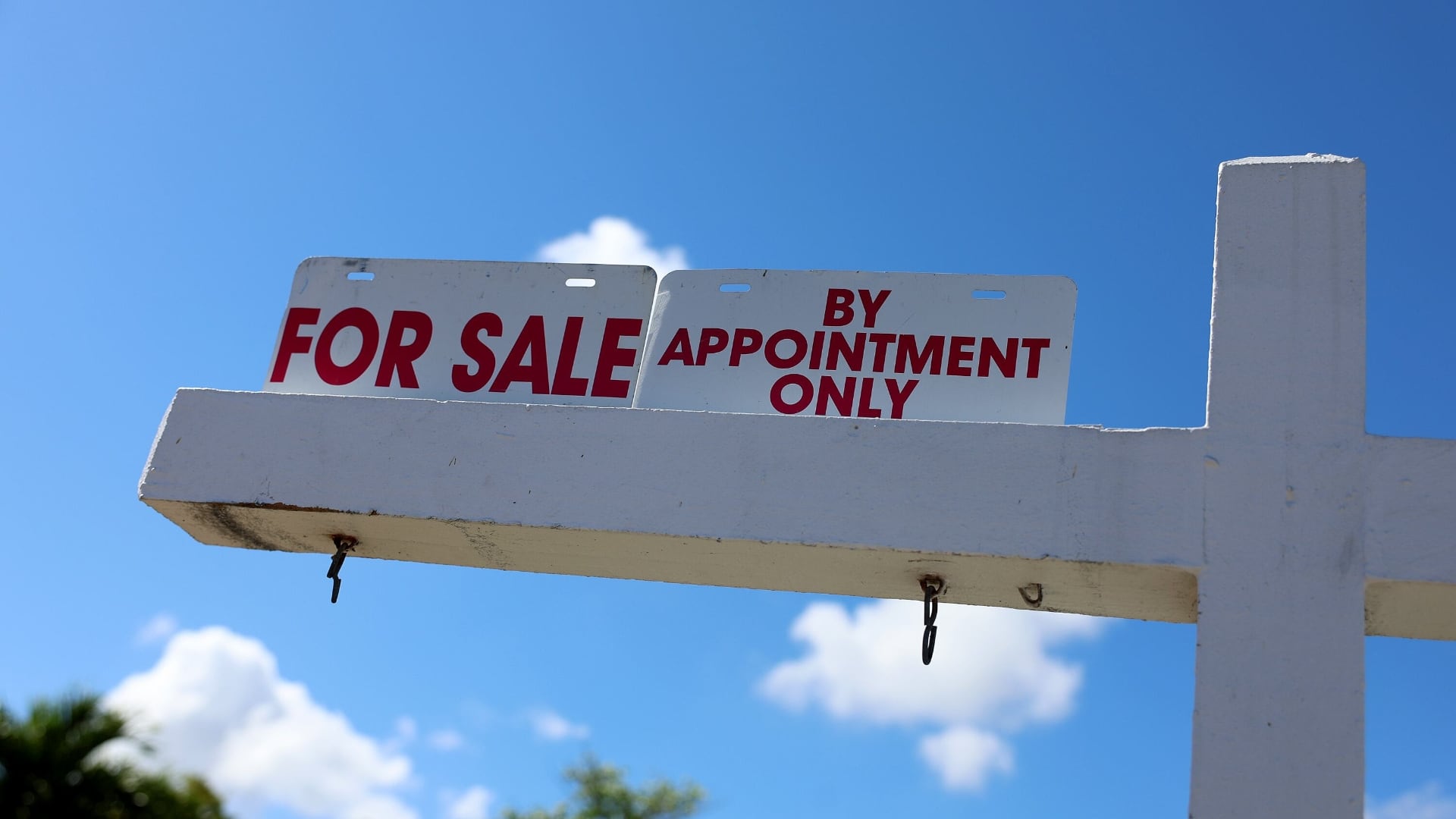Say goodbye to non-competes, those hobgoblins of entrepreneurial minds
We’ve all had to sign those contracts that promise that if we quit, or more likely, get fired, we won’t compete with our old employers for a certain time after we part ways. Employers love the non-compete because it keeps potential rivals from poaching their customers and copying their business models. Employees hate it because when they leave a firm it’s often hard to get hired or start their own business if they can’t take their knowledge with them.
Now, the Federal Trade Commission and its chair, Lina Khan, have voted to ban non-competes citing that the agreements unfairly and uncompetitively prevent workers from being able to “pursue a new job, start a new business or bring a new idea to market,” Khan said. Policy-making executives earning more than $151,164 a year are exempt from the ban, however.
With non-competes, she added, “workers are stuck in place,” and ending them will create 8,500 startups in a year and up to $488 billion in increased wages for workers over the next decade — an average $524 per worker.
Economists say non-competes crimp wages because switching jobs is the best way to get a raise. “Workers ought to have the right to choose who they want to work for,” President Biden wrote on X.
Unions are delighted, but big business is not. On Wednesday, the U.S. Chamber of Commerce and the Business Roundtable asked a federal court in Texas to block the new rule, arguing that the FTC had no authority to ban the agreements. The suit is assigned to a judge appointed by Donald Trump and 12 of the 17 judges on the appeals court are Republican appointees. But the FTC remains undaunted. It says trade secret laws and non-disclosure agreements will protect company secrets. Besides, the FTC says it’s just doing its job of keeping American capitalism competitive.
“Addressing non-competes that curtail Americans’ economic freedom is at the very heart of our mandate, and we look forward to winning in court,” agency spokesman Douglas Farrar said.
How low can Tesla go before Elon goes, too?
With shrinking demand and profit margins, some investors are wondering how long Tesla can afford to continue with Elon Musk at the helm. After all, shares are down 35 percent since the beginning of the year. “If he doesn’t want to or has no time for Tesla, he should graciously fade away and appoint his replacement,” Leo Koguan, one of Tesla’s largest private shareholders, with 27 million shares, wrote on X last week.
Well, some might be. After all, the company reported a 55 percent drop in first quarter profit from a year earlier and a 9 percent drop in revenue. That was no surprise after Tesla said earlier that first-quarter sales had plunged 8.5 percent from a year earlier, and announced plans to cut 14,000 jobs — or 10 percent of the outfit's workforce.
Others, however, say things are fine. Tesla shares jumped 12 percent on Wednesday after Musk said the company is pushing forward the launch date of a planned $25,000 Tesla. But what if no one wants a cheap Tesla? That’s the question UBS analysts asked this week: “What are they really, and what buyer are they targeting other than 'lower cost'? Lower cost may not be enough because of lower used Tesla pricing," the Swiss National Bank wrote.
Hertz is selling off nearly all the Tesla’s it bought at prices hovering around $25,000, and Tesla is a big player in a stagnant market. On Tuesday, General Motors said its internal combustion engine cars, the gas guzzlers of yore, powered it to a $3 billion profit in the first quarter, up 24 percent from a year earlier. And while the world’s largest automaker is still pursuing an EV program, “We’re maximizing the strength of our ICE business,” said CFO Paul Jacobson.
So what is Tesla’s storyline for investors now? “If you are going to command a premium multiple you will have to have great earnings visibility or a fantastic story on why those earnings will show up in the future,” Nicholas Colas, co-founder of DataTrek Research told Fortune earlier this month, adding: “Tesla has neither at the moment.”
Bad days for Boeing just get worse
Help wanted: Chief executive needed to save world’s largest aircraft manufacturer.
Experience: Digging out of deep financial holes and repairing major safety and quality control issues required. Ability to cope with multiple whistleblowers and federal investigations a plus.
It’s not getting any better for Boeing. The January blowout of a door panel on an Alaska Airlines 737 sent federal safety investigators combing through Boeing’s safety records and procedures, and pushed at least two more whistleblowers out of the woodwork, alleging that the company’s emphasis on outsourcing, cost-saving measures and on-time deliveries meant fewer safety checks, fuselage components that didn’t fit together and unsafe parts being taken out of the scrap pile and used to build planes.
Now the company has just turned in unhappy results for the first quarter of the year: it burned through almost $4 billion in cash and posted a $355 million loss as revenue dropped 8 percent from a year earlier. Deliveries of finished planes fell 86 percent from a year earlier, as Boeing struggled to retest its planes and meet federal scrutiny of its safety record. Then, after Boeing said it intended to buy back the fuselage-making division it sold in 2005, Standard and Poor’s dropped its rating of Boeing to negative. The credit rating agency cited production uncertainty, leadership changes and the negotiations to buy the fuselage factory, now called Spirit AeroSystems.
Did we mention leadership changes? CEO David Calhoun, who led Boeing after the back to back 737 crashes that killed more than 600 passengers and crew in 2018 and 2019, has promised to clear his desk out by the end of the year. That may not be soon enough for Boeing’s board, which is now actively hunting for a new chief executive. Chief Operating Officer Stephanie Pope, a 30-year Boeing veteran and once the surefire pick for the job, is now one of at least a handful of senior executives being looked at to take over from Calhoun, quite possibly well before he receives his Christmas bonus.
Some Boeing watchers say Pope, like Calhoun, is part of the problem, not the solution. Critics say that the company went from being an engineering-first business — where CEOs had designed planes — to a financial business that bet on the same cost-cutting now seen as the culprit in Boeing’s current woes. In a research note this month, analysts at Bank of America Global Research summed up the company’s challenge, as it struggles to build better planes and make more money. Describing the “unicorn” chief executive Boeing needs to hire, the analysts wrote: “They need a strong strategic view, an understanding of engineering, an understanding of manufacturing and they need to have an ability to win hearts and minds.”
The clock is ticking on TikTok: Sell within a year or face a U.S. ban
President Biden’s signature Wednesday on a law to ban TikTok has the Chinese-owned social media platform’s parent, Bytedance with its back against the wall. The company has until Jan. 19 2025 to sell TikTok to a U.S. firm or face a ban. It could, however, get a 90-day extension if talks are underway. The U.S. says the platform’s ties to the Chinese Communist Party mean it could be used to interfere in elections and give America’s biggest adversary access to the personal data of the 170 million Americans who use the app. ByteDance says it’s going to court to block the ban, where they may be joined by U.S. free speech advocates. TikTok's CEO Shou Zi Chew said on Wednesday the social media company expects to win the legal challenge, and on Thursday, ByteDance said it has no plans to sell the company, even without the algorithms that have created its viral success.
Bans are not unheard of. Earlier this month, Beijing told Apple to remove Signal, Telegram and WhatsApp from the China AppStore, a significant revenue chop to those apps’ owners. So who will win if TikTok is banned in the U.S.? TikTok users are the most besotted of social media addicts, spending an average 100 minutes a day making or viewing short videos.
YouTube users spend an average of 80 minutes and Facebook users at less than an hour are the runner ups, according to data from Apptopia collated by the Wall Street Journal. They may gain some income if TikTok vanishes, but among the many losers is Oracle, whose cloud service hosts TikTok, could lose $600 million to $650 million a year, according to the Swiss National Bank UBS estimates.
But it’s not as if time spent on TikTok will automatically transfer to Facebook and Instagram, whose reels are the kind of short videos that compete with TikTok. “If you take TikTok away, it’s not like well, I have a budget of time I spend on social,” Tom Grant, vice president of research at Apptopia, told the WSJ. “It’s more like, this really fun, cool, engaging thing is gone.” Instead, the user time and attendant ad budgets are likely to move to non-social media, or even — gasp — social interaction. One sure thing though: With America hooked on social media stardom, a new platform is bound to spring up soon. Hello Vine?
Novo Nordisk is getting fat off Ozempic and Bernie Sanders is hopping mad about it
The twin weight loss drugs Ozempic and Wegovy, made by Danish pharmaceutical firm Novo Nordisk, are having a transformative effect on healthcare, raising the hope that two of America's most deadly plagues, diabetes and obesity, could be brought to heel. This, in turn, could save millions of lives and billions of dollars in healthcare costs. But the two drugs, related formulations of a compound called semaglutide, are not cheap. Novo Nordisk charges about $1,000 a month for Ozempic and $1,350 a month for Wegovy, and both are still in short supply.
After a Yale study last month said that Ozempic could be manufactured for less than $5 a month, America’s angriest healthcare advocate, Vermont Independent Sen. Bernie Sanders, fired off an irate letter to Novo Nordisk and has scheduled hearings in the Senate on what he suggests amounts to price-gouging by the drugmaker.
“As important as these drugs are, they will not do any good for the millions of patients who cannot afford them,” Sanders wrote to Novo Nordisk CEO Lars Fruergaard Jørgensen, demanding the company reduce its “outrageously high prices,” which he noted are as much as 15 times what consumers pay in Canada and Europe. “Will Novo Nordisk substantially reduce both the list price and the net price of both Ozempic and Wegovy?” Sanders continued.
The influential Health, Education, Labor and Pensions committee that Sanders heads is demanding a response by May 8. The drugs are a big deal for Novo Nordisk, whose revenue jumped 35 percent in 2023 to $33.7 billion and posted a 51 percent increase in net profit. That sent the share price rocketing 57 percent in the past year.
Noting that the company spent about $5 billion on R&D last year, Novo Nordisk responded to Sanders by saying drug pricing is a complex business. Still, the price of Ozempic and Wegovy matters. Patients on semaglutide can lose 15 to 20 percent or more of their weight in about a year, and if they stay on the drugs, the weight stays off. That’s enough to get many people down to a healthy body weight, and studies show semaglutide usage has cut the risk of heart attacks, strokes and death from coronary disease by 20 percent among overweight and obese patients… But not if patients can’t afford the drugs, as Sanders noted.
“The result of these astronomically high prices is that Ozempic and Wegovy are out of reach for millions of Americans who need them,” he added in his letter. “Unfortunately, Novo Nordisk’s pricing has turned drugs that could improve people’s lives into luxury goods.”
Peter S. Green is a veteran reporter and editor who has spent more than two decades covering business and finance from Eastern Europe to New York City, and has worked for Bloomberg News, The New York Post, The New York Times and The Messenger. He lives in New York City and is always looking for the next big story.









